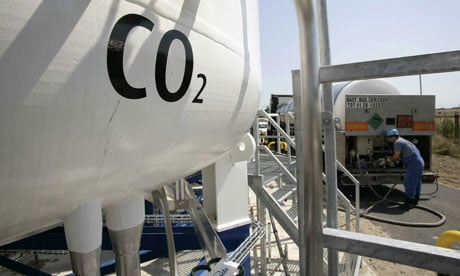2 min read
Revitalising North Sea Infrastructure for Carbon Capture and Storage
Jee Ltd
May 1, 2024 2:55:12 PM

Real world problem
The UK government has identified Carbon Capture and Storage as a critical component in their decarbonisation strategy, As part of that strategy, the North Sea Transition Authority (NSTA) has issued 20 carbon capture and storage licenses. The transport of CO2 to storage facilities is a key element in these projects and serious consideration is given to the reuse of existing pipeline infrastructure to meet this aim.
The client’s need
Our client's field in the North Sea ceased production in 2007 and the associated pipelines were subsequently mothballed. The gas fields in the area are now under consideration as a CCS location and the prospective operator needed to assess the pipelines as a potential component of the new CCS infrastructure.
Why the client came to Jee
The current operator of the pipelines brought Jee in during discussions with the new opportunity as we had previous knowledge of the pipelines. Jee has extensive experience in the asset integrity management of a significant percentage of North Sea pipelines and has long standing relationships with all the key stakeholders.
Jee's Approach
- Jee identified the data required to assess the pipeline.
- Once identified, Jee assisted with the sourcing of the data.
- The data was identified as being held within 300 boxes of documents in a storage facility.
- Jee oversaw the work of the storage facility to scan and digitise the data required.
- Once the data was digitised Jee worked with the project via Sharepoint to assess the pipeline.
- This assessment included:
- A review of the original design specifications.
- A review of the construction and commissioning data for the pipeline.
- A review of the operational records of the pipeline to establish activities post-construction.
- Assessment of current condition using data from previous inspections and surveys.
How our client benefited
- Efficiency: Jee was able to rapidly identify the data required, reducing the time taken the source and digitise the documents.
- Expert Insight: Jee’s experience in pipelines enabled them to process the data efficiently and reach a rapid conclusion for the client.
- Risk Identification: Jee’s knowledge of gas transfer enabled them to clearly identify the risks to the repurposing of the pipeline.
Lessons learned
- As a gas pipeline, the internal condition of the pipeline was not subject to significant internal corrosion.
- The flooding of the sealine has had a beneficial effect as the pipeline has settled, reducing exposures and spanning.
- Treated seawater to minimise internal corrosion.
- Net result on data that Jee has assessed to date, the pipeline is fit for the general purpose of CO2 transfer.
- The proposed next work is inline inspection (ILI) to verify the internal and external pipeline condition.
Jee quote
"Fantastic to see it reused for CO2 transfer. Assets we know well seeing a new life as part of the energy transition," reflects the sentiment at Jee, emphasising the sustainable reutilisation of existing infrastructure in modern environmental solutions.
This case study exemplifies how strategic partnerships and technical expertise converge to advance the UK's environmental goals, illustrating a successful integration of legacy assets into future-focused green technologies.


.png)
%20small.png)
